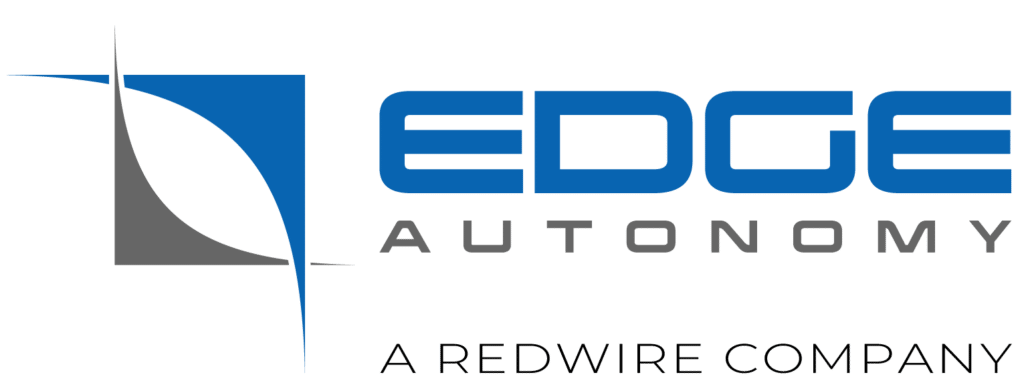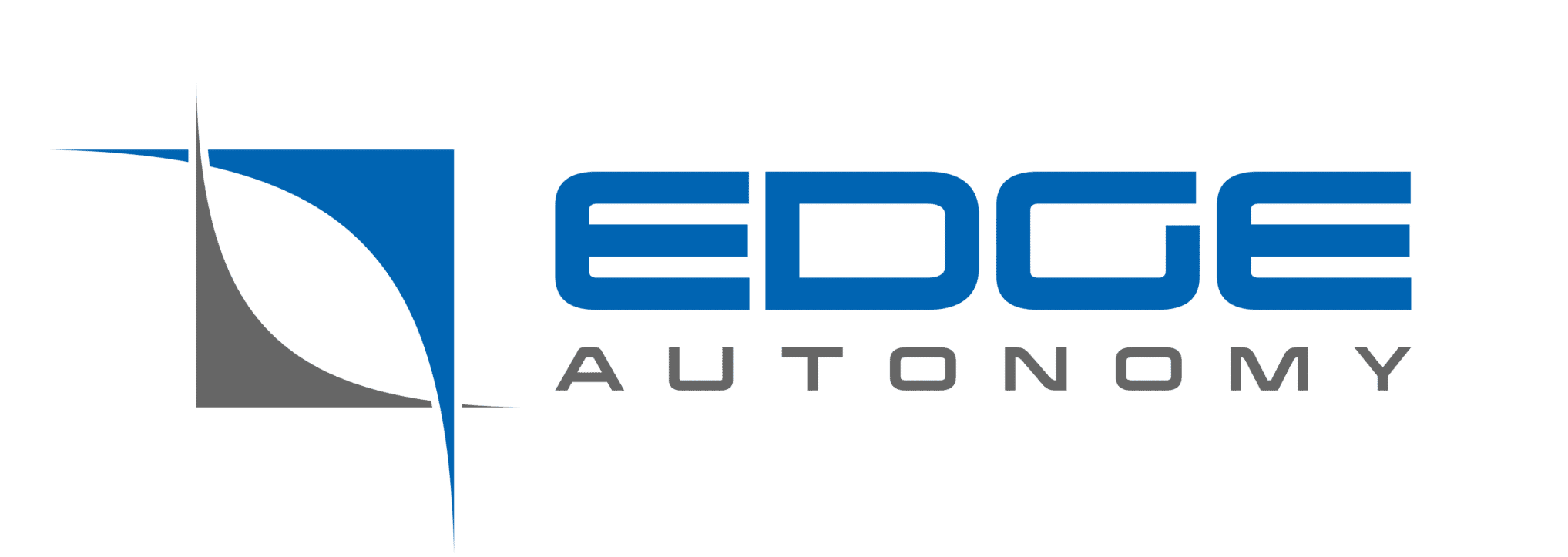“NOTE: In August 2022, Adaptive Energy LLC was acquired by Edge Autonomy.”
U.S. Commercial Service selects the SOFC manufacturer to join the prestigious cohort of Michigan companies looking to enter global markets
ANN ARBOR, Mich – Adaptive Energy, a leading designer and manufacturer of solid oxide fuel cells (SOFC) for low-watt backup, offgrid and portable power, today announces its participation in ExporTech to build out export capabilities around the globe.
“With extreme weather patterns and limited resources, SOFC are becoming increasingly vital for backup and offgrid power around the world,” Michael Edison, Adaptive Energy CEO, said. “And while our systems are already in use internationally, through ExporTech, we were able to develop more efficient and comprehensive export plans to expand our global footprint.”
ExporTech is a collaboration between the National Institute of Standards and Technology (NIST) Manufacturing Extension Partnership and the U.S. Export Assistance Centers of the U.S. Department of Commerce. This national, highly selective program helps American manufacturers and service-based companies develop their international growth strategies.
“We’re proud to support and bring resources to Michigan companies,” Eve Lerman, Senior International Trade Specialist at the U.S. Department of Commerce-International Trade Administration, said. “With the ExporTech program, we are creating an ecosystem targeting increased export sales, new jobs and greater economic prosperity for Michigan communities. We are proud of the achievements of ExporTech graduates like Adaptive Energy, LLC.”
This invitation-only program included six half-day sessions during which executives were able to draft customized strategic plans for export growth based on international market research and expert advice from top international trade professionals based in Michigan. Training and individualized mentoring was also provided from a range of experts on export financing, payment risk, compliance, sales and distribution, country selection and more.
As a result of this program, Adaptive Energy now has a highly actionable export strategy ready to implement in 2022, targeting key global markets for expansion.
“Global growth is the next frontier for our innovative microtubular SOFC technology,” Edison said. “Through the support of the US Department of Commerce, we’re now able to accelerate our global go-to-market and bring our solutions to those industries around the world that require reliable backup and offgrid power.”

